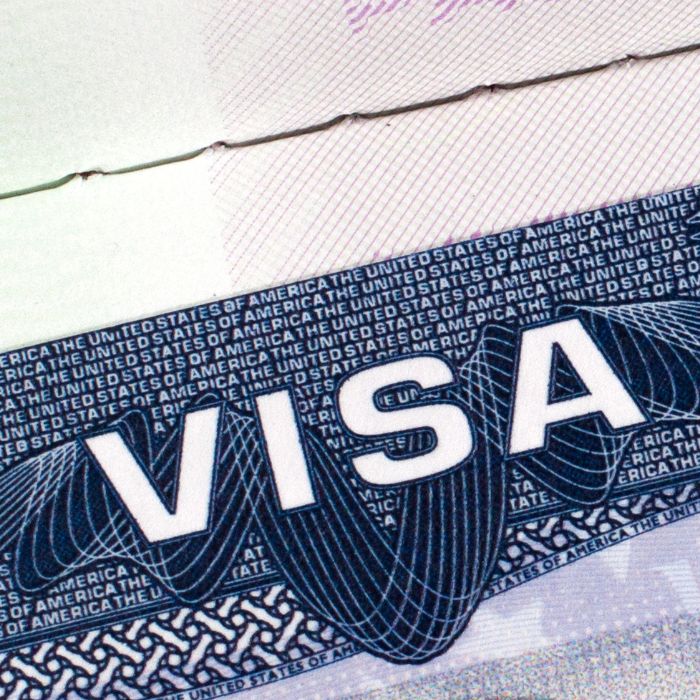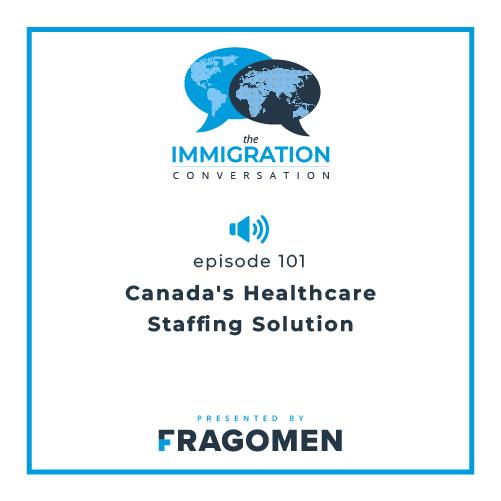The Netherlands and Global Tech Talent Part 2: Retaining Tech Talent, Policy Recommendations and the Road Ahead
April 8, 2025
By: Soraya Driessen
The Netherlands faces growing challenges in attracting and retaining skilled talent as demand continues to rise, particularly in the tech and innovation sectors. With an aging population and increasing skills gaps, the country must address gaps in education, immigration policies and talent retention to stay competitive.
Part One in this blog series provided an overview of the policy shifts and the challenges facing the Netherlands’ tech sector in 2025, particularly considering recent political shifts and changes in immigration policies. Part Two delves into key policy recommendations and potential solutions to address these challenges, focusing on aligning educational programs with business needs, improving retention strategies for international talent and streamlining immigration pathways for specialized tech workers.
Challenges in retaining STEM talent
One of the key challenges the Netherlands faces is aligning its educational system with the demands of the labor market—particularly in the tech and innovation sectors. For example, the Technical University of Eindhoven, which focuses exclusively on STEM degrees, graduates around 1,600 master’s in science students each year. Approximately 30% of these graduates are international students, a figure that includes both non-Dutch EU citizens and those from outside the EU.
Recent proposals to cap international student enrollment could limit both the outflow of highly skilled Dutch-educated professionals and the inflow of precisely the kind of talent needed to sustain the country's tech-driven economy.
Another significant challenge is retaining international talent post-graduation. While the “search year” permit provides a relatively accessible post-graduation path, many students face uncertainty about their options and are discouraged by a shifting political climate. However, several key tech regions in the Netherlands have now identified international student retention as a policy priority, which could lead to more targeted support and clearer pathways.
A recent study by Dutch organization for internationalization in education, NUFFIC, found that five years after graduation, around 25% of international students still reside in the Netherlands, and 80% of them are employed. One-year retention rates have seen a modest increase since 2018. Notably—and perhaps unsurprisingly—graduates from institutions in the Eindhoven region are the most likely to remain in the country, reflecting the area’s strong focus on international talent retention.
Read Fragomen’s previous blog on the search year permit and how international students can plan their post-graduation journey in the Netherlands to learn more.
Gender diversity in STEM
Another important issue is the underrepresentation of women in STEM fields. In the Netherlands, only around 20% of STEM students are female, limiting the pool of specialized talent available to tech companies. Some regions, such as Brainport, have made efforts to encourage more female students to pursue STEM degrees to help address this issue.
Can the Netherlands secure its tech future through policy and investment?
In 2024, the Dutch government launched “Project Beethoven,” a €2.5 billion investment in the Brainport region. This project focuses on improving infrastructure such as the electricity grid, enhancing technical education and vocational training programs and investing in housing projects. The Ministry of Finance commissioned an employer and employee survey on the announced changes to the 30% ruling, discussed in Part 1 of this series, and how the 30% ruling has impacted international employers and expats in recent years.
While these are positive signs, if proper steps are not taken, the Netherlands is unlikely to be able to maintain its leadership position when it comes to tech and innovation; this will affect the full supply chain, leading to companies no longer wanting to invest or establish themselves in the Netherlands, and ultimately impact the Dutch labor market.
Furthermore, proposals by the new government to draw up a shortage occupation list and rework the European Blue Card scheme as its implemented in the Netherlands should be carefully evaluated.
Future recommendations for policymakers
As the Netherlands continues to position itself as a global leader in innovation, policymakers must address several challenges to ensure the country remains competitive in attracting international talent:
-
-
-
-
- While the sponsorship system works well, applications can be complex, and timelines are long. The compliance requirements that come along with a recognized sponsor status are often not suited for large multinationals, where various delocalized teams may be responsible for tracking personnel changes.
- The highly skilled migrant scheme is effective but losing appeal as countries like Ireland process skilled migrant applications more quickly, without requiring immigration sponsorship status. Additionally, Ireland’s approach—focusing on excluded roles rather than approved ones—provides greater flexibility for applicants.
- Recent changes in compliance enforcement, along with a shift toward stricter interpretation without prior leniency, have also impacted perceptions of the program.
-
-
-
As other European countries adopt more attractive immigration policies, the Netherlands must adapt. The rise of remote work, increased focus on inclusion and the demand for specialized talent make it crucial for policymakers to recognize the impact of changes like those to the 30% ruling.
Despite the concerns around migration and the business climate in the Netherlands, the country remains a strong player. The Netherlands has been a steady example for other European countries when it comes to business-friendly immigration policy; that the system of recognized sponsorship works well; and that the administrative ease with which international companies can bring in their valuable talent is unmatched by many of the EU countries in the immediate environment.
No major changes have been proposed to the main corporate immigration schemes yet, although there is an increased focus on compliance across all types of immigration. The Netherlands continues to be a great gateway to the rest of Europe, and a welcoming and steady place for businesses to expand and international talent to land.
How Fragomen can help
Navigating the complexities of the Dutch immigration system can be challenging for businesses. Fragomen provides tailored insights and support to help companies remain compliant with evolving regulations while attracting top talent to stay competitive in the global market.
Need to know more?
For questions regarding immigration to Netherlands or other related queries, please contact Client Engagement Manager Soraya Driessen at [email protected].
This blog was published on 8 April 2025, and due to the circumstances, there are frequent changes. To keep up to date with all the latest updates on global immigration, please subscribe to our alerts and follow us on LinkedIn, Twitter, Facebook and Instagram.















